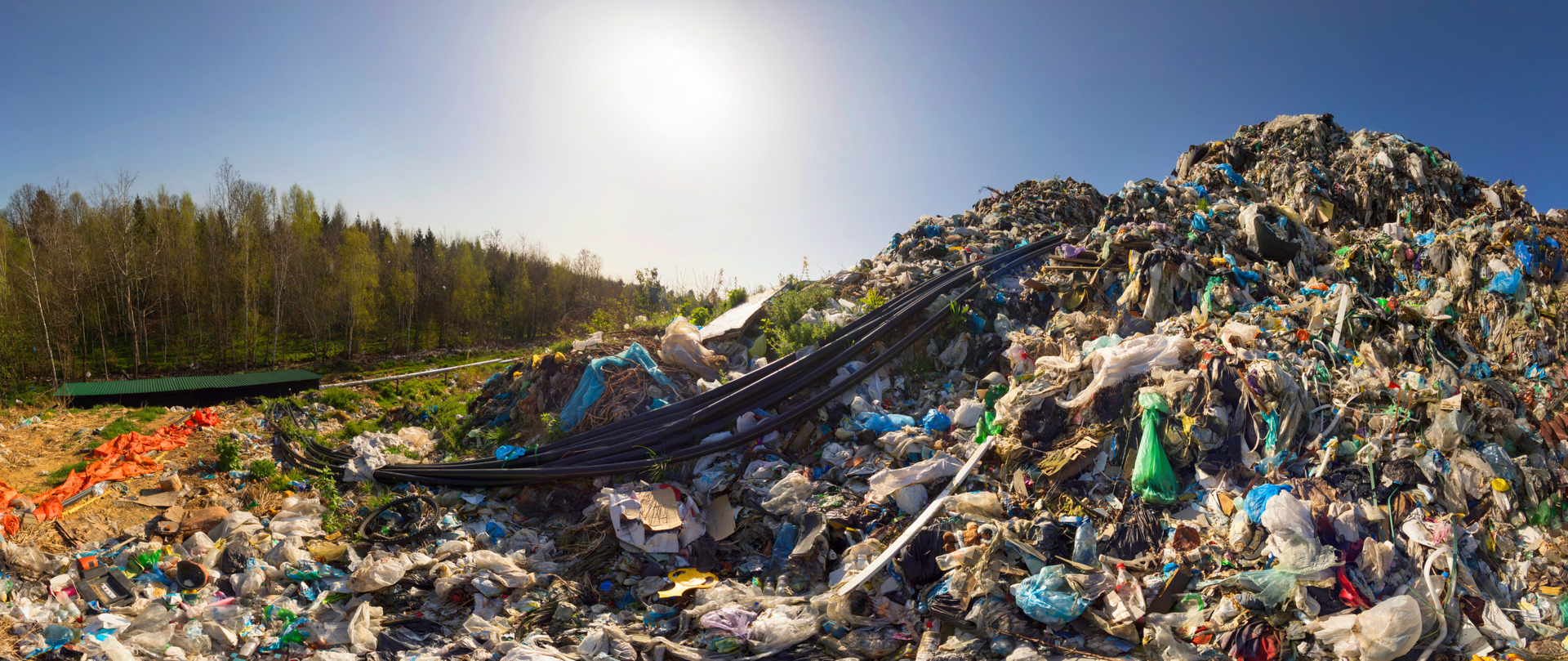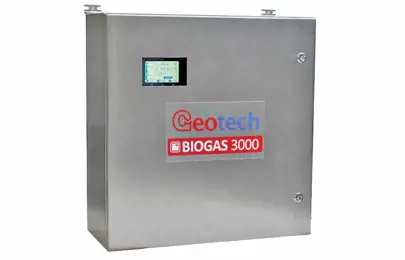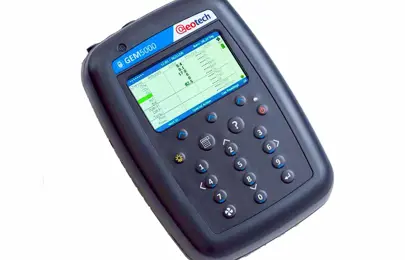- Products
- Markets & Applications
- Service & Support
- About
- News & Events
- Find a Distributor
- Contact Us
- language Select Region
Methane and carbon dioxide make up 90 to 98% of landfill gas. The remaining 2 to 10% includes nitrogen, oxygen, ammonia, sulfides, hydrogen and various other gases. Landfill gases are produced when bacteria break down organic waste. Though production of these gases generally reaches a peak in five to seven years, a landfill can continue to produce gases for more than 50 years. The gases methane, hydrogen, and carbon monoxide (CO) can be combusted or oxidized with oxygen. This energy release allows biogas to be used as a fuel; it can be used for any heating purpose. It can also be used in a gas engine to convert the energy in the gas into electricity and heat.

The gases methane, hydrogen, and carbon monoxide (CO) can be combusted or oxidized with oxygen. This energy release allows biogas to be used as a fuel; it can be used for any heating purpose. It can also be used in a gas engine to convert the energy in the gas into electricity and heat. The composition of landfill gas (LFG) is crucial. Landfill site operators analyze their gas for oxygen content, this ensures the balancing of the gas wells/manifolds produce maximum levels of methane to increase energy production. It is also important to monitor for levels of gases harmful to the plant equipment such as hydrogen sulfide.
Increased Return on Investment, Protection of expensive plant equipment (CHP’s), Validation and optimization of the landfill gas collection and production system, Compliance with surface emissions regulations and Reduction in harmful greenhouse gas emissions
As a source of greenhouse gas and potential renewable energy, landfills are closely monitored by the EPA. QED offers a suite of products like Precision wellheads and controls to help capture the gas emissions from landfill digestion. Contact QED to help design an efficient and safe landfill gas collection and production system which meets required local and national regulations.
The gases methane, hydrogen, and carbon monoxide (CO) can be combusted or oxidized with oxygen. This energy release allows biogas to be used as a fuel; it can be used for any heating purpose. It can also be used in a gas engine to convert the energy in the gas into electricity and heat. The composition of landfill gas (LFG) is crucial. Landfill site operators analyze their gas for oxygen content, this ensures the balancing of the gas wells/manifolds produce maximum levels of methane to increase energy production. It is also important to monitor for levels of gases harmful to the plant equipment such as hydrogen sulfide.
Increased Return on Investment, Protection of expensive plant equipment (CHP’s), Validation and optimization of the landfill gas collection and production system, Compliance with surface emissions regulations and Reduction in harmful greenhouse gas emissions
As a source of greenhouse gas and potential renewable energy, landfills are closely monitored by the EPA. QED offers a suite of products like Precision wellheads and controls to help capture the gas emissions from landfill digestion. Contact QED to help design an efficient and safe landfill gas collection and production system which meets required local and national regulations.



Ready to take control of your environmental monitoring? Get in touch with QED today.

